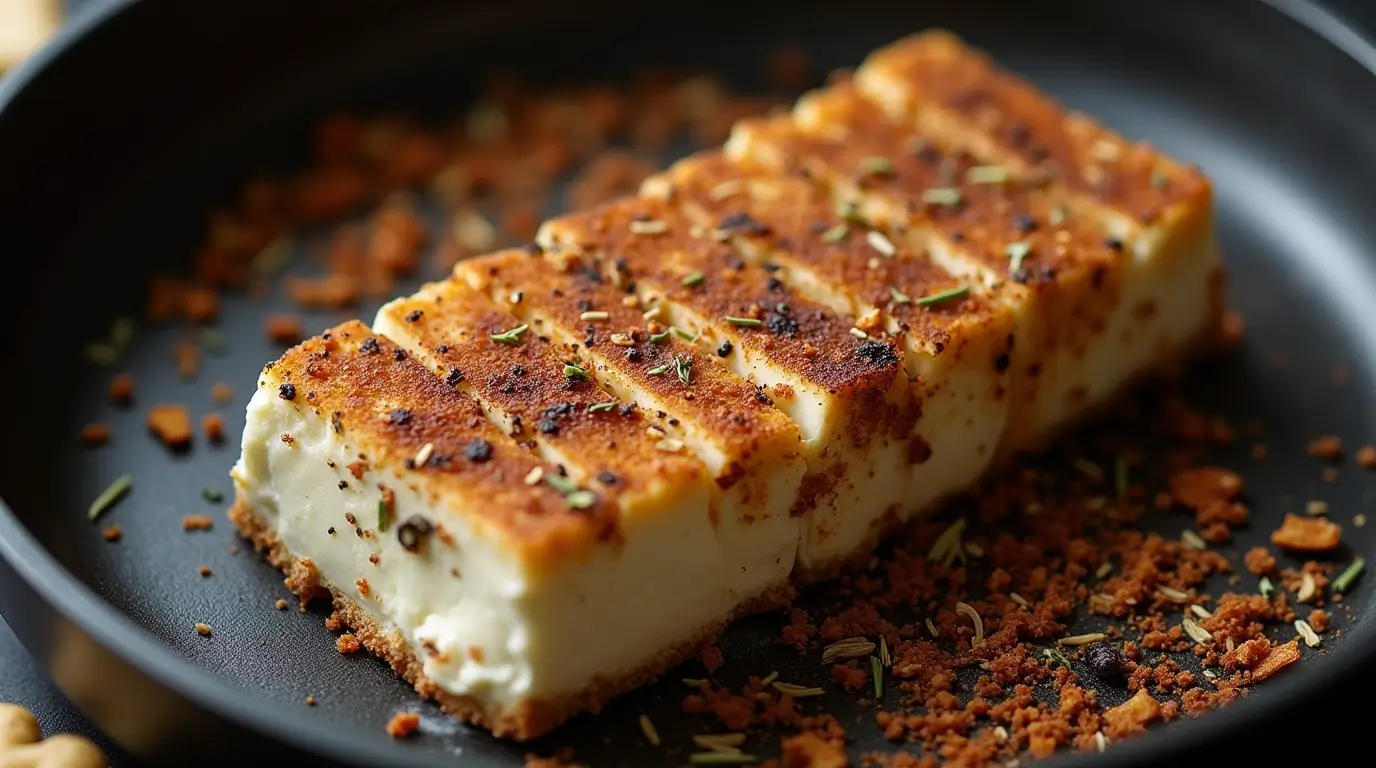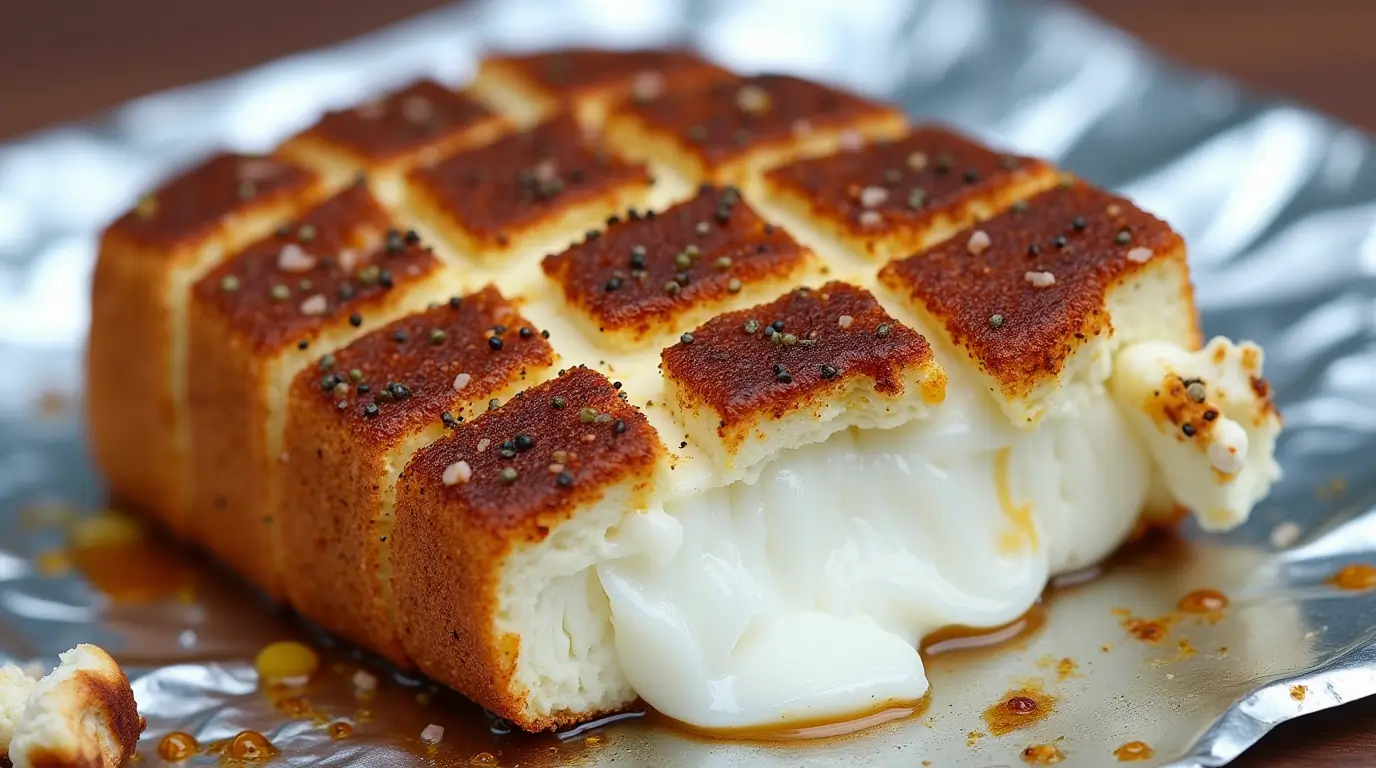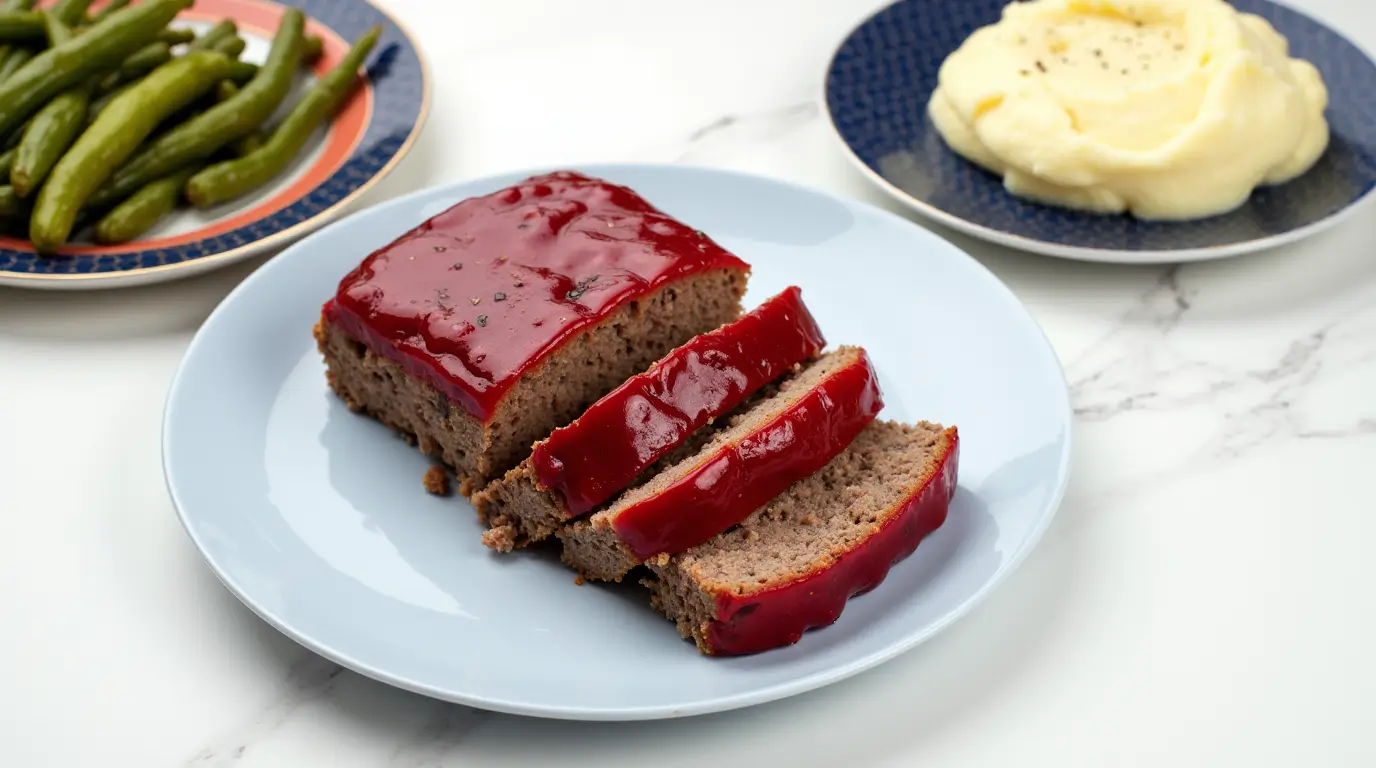
A perfect dip can elevate any gathering, complementing everything from chips and crackers to fresh vegetables and breads. However, a dip that turns out too runny can be frustrating and less enjoyable. The good news is that there are many effective ways to thicken your dip without compromising its flavor. This guide will walk you through the best methods, from basic thickening agents to advanced techniques, ensuring your dips always have the perfect consistency.
For those who need specific advice on thickening cheese dips, be sure to check out how to thicken a runny cheese dip. Additionally, if you’re looking for techniques to improve general sauces and dips, read how to thicken up a dipping sauce for more ideas.
Why Dips Turn Out Runny
Understanding why your dip turned out runny is crucial for selecting the right thickening method. Here are the most common reasons:
- Excess Liquid: Using too much milk, broth, or water in your recipe can make a dip watery.
- High-Moisture Ingredients: Fresh ingredients like tomatoes or cucumbers can introduce excess water if not properly prepared.
- Temperature Control: Heating dips too quickly or using high temperatures can break the emulsion, causing separation and thinning.
Basic Thickening Techniques
1. Cornstarch Slurry
A cornstarch slurry is one of the simplest ways to thicken a dip quickly and effectively:
- How to Use:
- Combine 1 tablespoon of cornstarch with 2 tablespoons of cold water and mix until smooth.
- Gradually stir the slurry into your dip while heating over medium heat.
- Benefits:
- Acts quickly and provides a glossy finish without altering the dip’s flavor.
- Tips:
- Stir constantly to prevent clumping.
- Avoid adding cornstarch directly to a hot dip, as it will form lumps.
2. Flour Roux
A flour roux is another classic thickening agent that provides a rich, creamy texture:
- How to Make:
- Melt 2 tablespoons of butter in a pan over medium heat.
- Add 2 tablespoons of flour and stir continuously until it forms a smooth paste.
- Gradually whisk this roux into your dip, stirring until the desired thickness is achieved.
- Best For:
- Cream-based dips, spinach dips, and artichoke dips.
- Tip: Cook the roux long enough to eliminate any raw flour taste.
3. Alternative Starches
For those seeking gluten-free or other alternatives, try:
- Arrowroot Powder:
- Similar to cornstarch but provides a clearer finish.
- Potato Starch:
- Works well for dips that require a denser texture.
- Tapioca Starch:
- Adds a slightly chewy texture, suitable for dessert-style dips.
Dairy and Cheese-Based Thickeners
1. Cream Cheese
Cream cheese is a popular thickener that adds richness and flavor:
- How to Use:
- Cut cream cheese into cubes and gradually add it to the dip over low heat.
- Stir until melted and fully incorporated.
- Benefits:
- Enhances flavor and provides a smooth, velvety texture.
- Best For:
- Cheese dips, spinach dips, and creamy vegetable dips.
2. Shredded Cheese
Adding more shredded cheese to your dip can thicken it while amplifying the flavor:
- How to Use:
- Gradually add shredded cheese to the dip while heating over low to medium heat.
- Stir continuously until the cheese melts and integrates smoothly.
- Best Cheeses:
- Use Cheddar, Monterey Jack, or mozzarella for optimal results.
- Tip: Avoid pre-shredded cheese, as it often contains anti-caking agents that can affect the texture.
3. Heavy Cream and Evaporated Milk
Heavy cream and evaporated milk can add both thickness and richness without drastically changing the dip’s flavor:
- How to Use:
- Replace part of the liquid in your dip with heavy cream or evaporated milk.
- Heat and stir until well combined.
- Benefits:
- Provides a creamier texture and stabilizes the dip.
- Tip: Use evaporated milk for dips that need a more stable consistency due to its lower water content.
Natural and Healthier Thickeners
1. Pureed Vegetables
Adding pureed vegetables is a great way to thicken a dip while adding extra nutrients and flavor:
- How to Use:
- Steam or boil vegetables such as cauliflower, carrots, or sweet potatoes until tender.
- Blend them into a smooth puree and mix into the dip.
- Benefits:
- Adds thickness and boosts nutritional value without overpowering the dip.
- Best For:
- Spinach dips, hummus, and vegetable-based dips.
2. Nut-Based Thickeners
Using nut butters or cashew cream is an effective way to thicken dips and introduce a unique depth of flavor:
- How to Use:
- Stir 1-2 tablespoons of almond butter or cashew cream into the dip over low heat.
- Benefits:
- Ideal for dairy-free and vegan options.
- Tip: Pair with flavors that complement the nutty undertone for a balanced taste.
3. Greek Yogurt
Greek yogurt can thicken dips while adding a slight tang:
- How to Use:
- Mix in small amounts until the desired consistency is reached.
- Benefits:
- Adds protein and a rich texture.
- Best For:
- Hummus, tzatziki, and other Mediterranean-style dips.
- Tip: Use Greek yogurt instead of regular yogurt, as it’s thicker and less likely to thin out when mixed with warm dips.
Specialty Thickeners and Advanced Techniques
1. Gelatin and Agar-Agar
Gelatin and agar-agar can be used for cold dips that need to set:
- How to Use:
- Dissolve the thickening agent in warm water and mix it into the dip.
- Chill until set.
- Best For:
- Cold cheese dips, dessert-style dips, and any dip that benefits from a firmer texture.
- Tip: Use agar-agar for a plant-based alternative to gelatin.
2. Egg Yolks
Egg yolks can thicken dips while adding a rich, custard-like texture:
- How to Use:
- Beat an egg yolk and slowly add a small amount of warm dip to temper it.
- Stir the tempered yolk mixture back into the main dip over low heat.
- Benefits:
- Adds a smooth texture and a richer taste.
- Tip: Ensure the dip doesn’t overheat to avoid curdling the yolk.
Troubleshooting Common Problems
Why Dips Become Runny
Understanding the common causes of runny dips can help you prevent future issues:
- Excess Liquid: Too much milk or broth can thin the dip.
- High-Moisture Ingredients: Ingredients like tomatoes or cucumbers introduce extra water.
- Temperature Issues: Rapid heating can cause separation in emulsified dips.
Quick Fixes for Runny Dips
- Add a Thickening Slurry: Use a cornstarch slurry for immediate results.
- Incorporate Cream Cheese: Adding small amounts can thicken the dip without significant flavor changes.
- Simmer to Reduce Liquid: Let the dip cook on low heat to evaporate excess water.
Preventing Clumps
Avoid clumps with these tips:
- Always dissolve starches in cold water before adding them to a hot dip.
- Stir continuously over medium heat to ensure smooth integration.
Adjusting for Different Types of Dips
Cheese-Based Dips
For thickening queso or nacho cheese dips, use shredded cheese or a cornstarch slurry. For more in-depth cheese dip tips, see what makes Rotel dip thicker.
Vegetable-Based Dips
For dips like spinach and artichoke dip, try using pureed vegetables or Greek yogurt for added thickness.
Mediterranean Dips
Hummus and tzatziki can be thickened by adding extra tahini or Greek yogurt for a richer texture.
FAQs About Thinning and Thickening Dips
- What is the best gluten-free thickener? – Arrowroot powder and potato starch are excellent choices.
- Can heavy cream be used to thicken dips? – Yes, it adds richness and thickness.
- How do I prevent my dip from becoming runny when reheated? – Reheat slowly over low heat while stirring.
- What cheeses are best for thickening dips? – Cheddar, Monterey Jack, and mozzarella.
- Can you thicken a cold dip without heat? – Yes, use gelatin or Greek yogurt.
Conclusion
Thickening a runny dip is straightforward when you have the right techniques. Whether you prefer using a cornstarch slurry, a flour roux, or more creative options like pureed vegetables, these methods will help you achieve the perfect consistency every time. For more insights, explore related topics such as how to thicken barbecue sauce for further inspiration.









